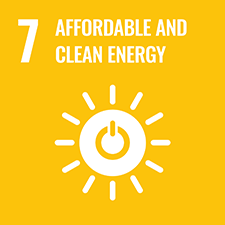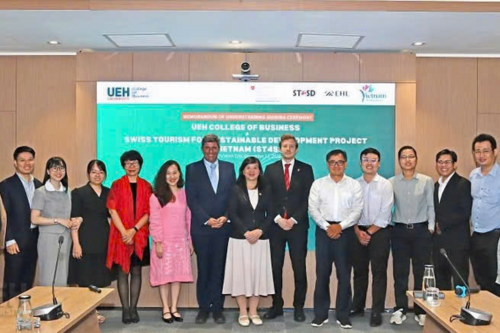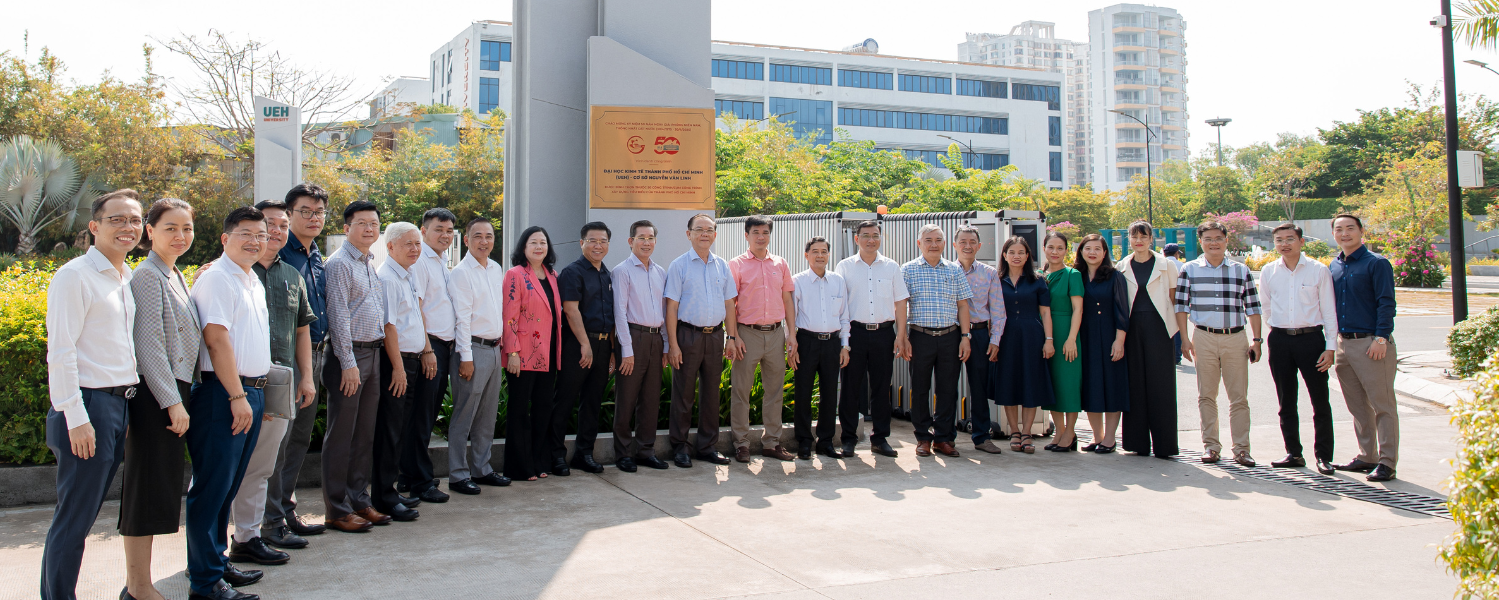
Nguyen Van Linh Campus (UEH) Being Recognized as a Typical Green, Smart and Internationalized Project of Ho Chi Minh City to Celebrate the 50th Anniversary of the Liberation of the South and National Reunification
28 Apr, 2025
As a typical model of the green - smart - modern university of the city over the past 50 years, Nguyen Van Linh Campus of the University of Economics Ho Chi Minh City (UEH) plays the role of a training, research and innovation center and an academic space connecting the community, spreading knowledge and inspiring sustainable development. With a synchronous scale, advanced architecture and operation according to international standards, the project has been honored by the People's Committee of Ho Chi Minh City as a typical construction project of Ho Chi Minh City on the occasion of the 50th anniversary of the Liberation of the South and National Reunification (April 30, 1975 - April 30, 2025), according to Decision No. 1590/QD-UBND dated April 24, 2025.
As part of a series of meaningful activities to celebrate the 50th anniversary of the Liberation of the South and National Reunification, the People's Committee of Ho Chi Minh City organized a vote for typical construction projects/clusters that symbolize the development achievements of the City over the past 50 years. In this prestigious list, the University of Economics Ho Chi Minh City Construction Investment Project in the New Urban Area of the South of the city - also known as Nguyen Van Linh Campus (Campus N) - was honored to be recognized as one of the typical works of Ho Chi Minh City in 50 years of unification and development according to Decision No. 1590/QD-UBND.
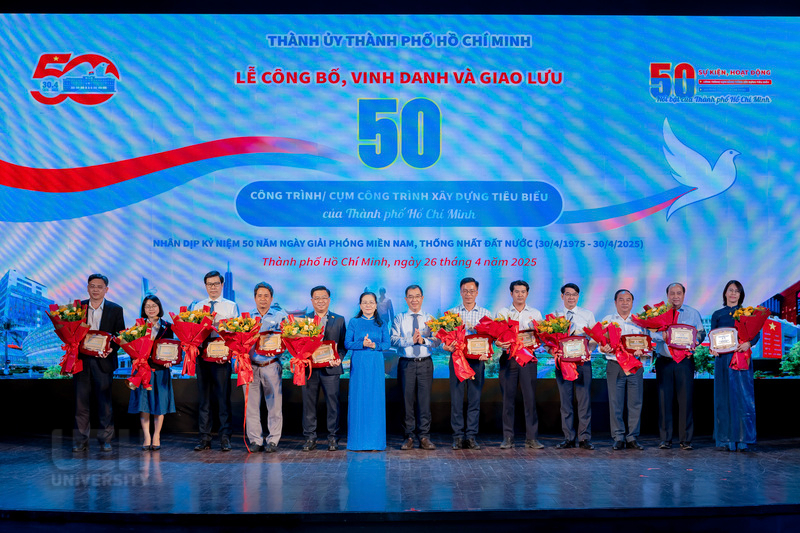
The leader of the Ho Chi Minh City People's Committee presenting the honorary symbol of Nguyen Van Linh Campus to Prof. Dr. Nguyen Khac Quoc Bao - Vice President of UEH
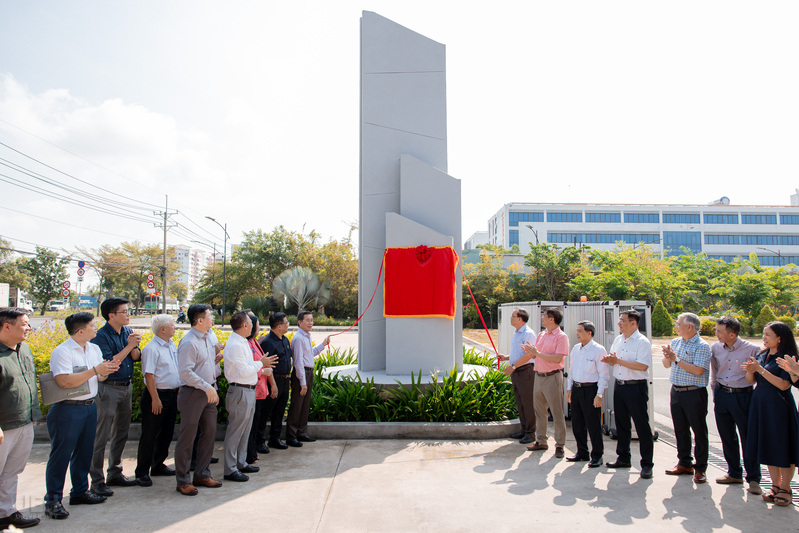
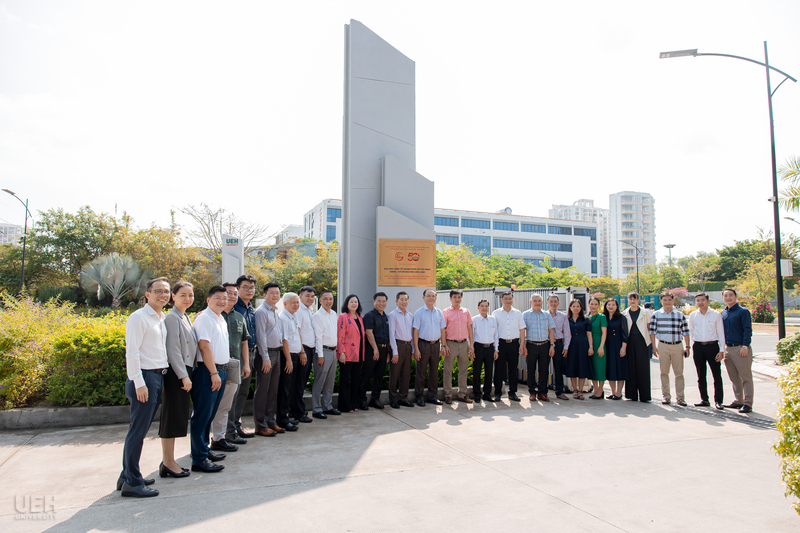
UEH Leaders inaugurating the honor board at Nguyen Van Linh campus on the morning of April 28, 2025
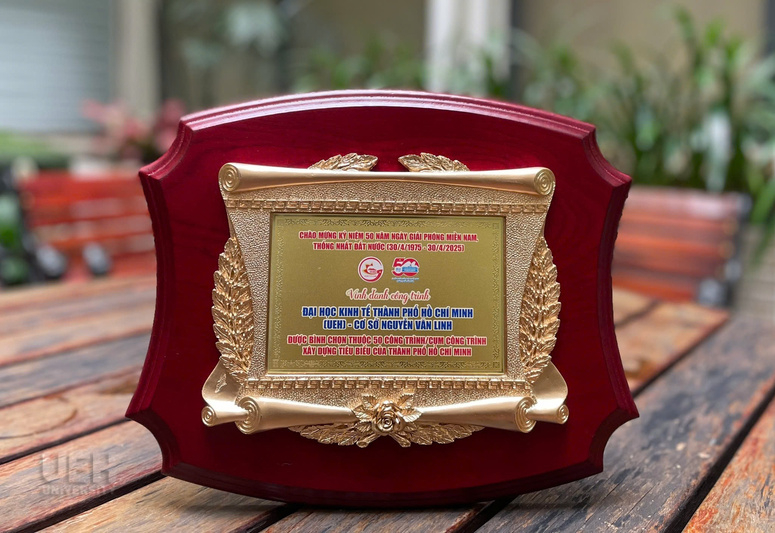
The logo honors the UEH project - Nguyen Van Linh Campus voted among the 50 typical construction projects/construction clusters of Ho Chi Minh City.
The journey formed by the aspiration for sustainable development
Originating from UEH strategic orientation in expanding the academic space for training, research and serving the community, the Nguyen Van Linh Campus Construction Project (abbreviated as Campus N) was deployed at functional area No. 15 - New Urban Area of South City, Phong Phu Commune, Binh Chanh District according to the model of a green, smart and international standard University.
With a total planning area of over 11.1 hectares and a total investment of nearly 220 billion VND from the University's Development Fund, the project has received high consensus from the community with nearly 99% of the area cleared in just over a year (2016–2017).

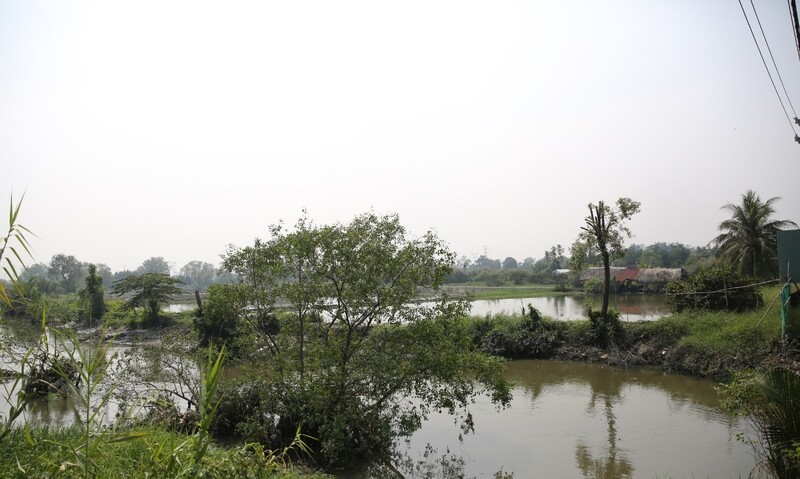
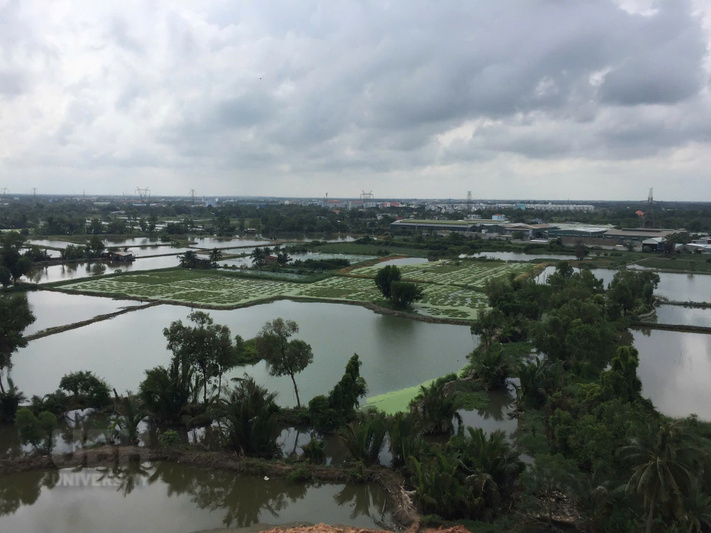
The vast expanse of Campus N before construction
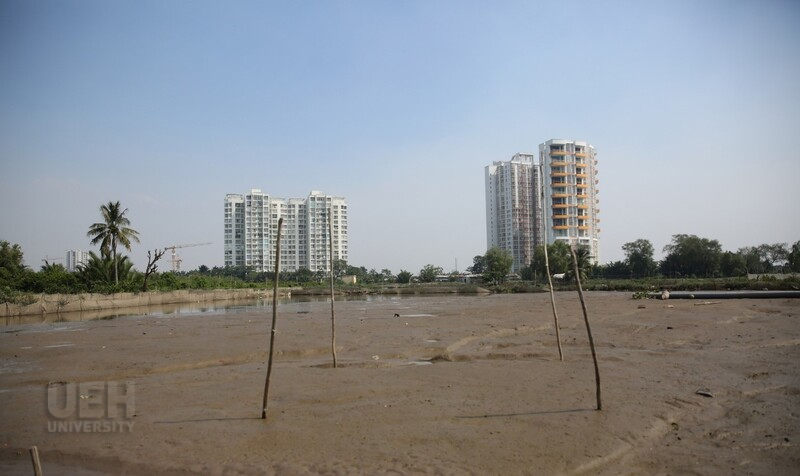
Beautiful ground after testing sand pumping
This project was built synchronously with 2 main blocks including a 10-floor administrative block and a 5-floor lecture hall block, a complete technical infrastructure system and an environmentally friendly architectural landscape. On January 1, 2021, Campus N was officially put into operation, becoming the largest campus in the UEH system of 13 campuses.
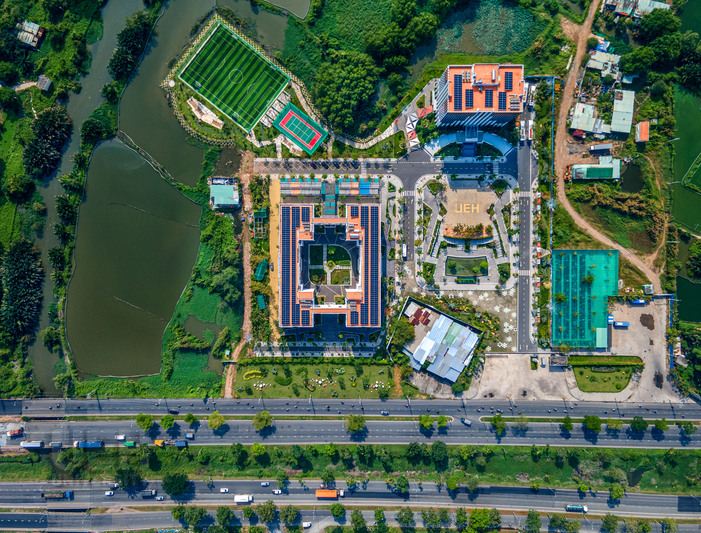
Overview of Campus N - UEH green campus model from above
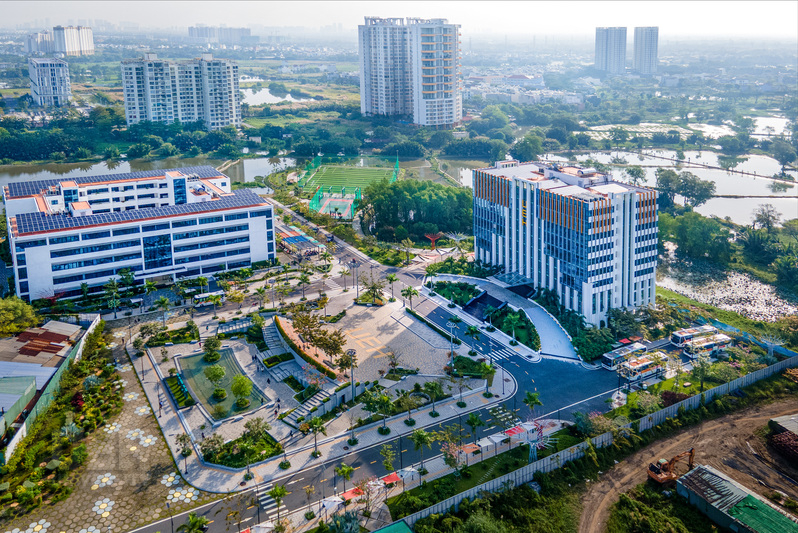
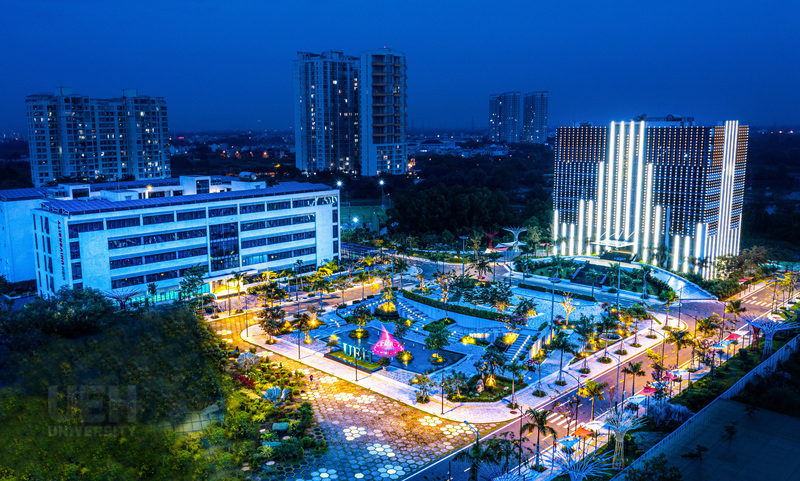
Campus N is the largest campus of UEH to date
Creating a green, modern and connected academic space
Campus N is shaped as a green - smart - creative university according to international standards. The campus is filled with trees, lakes and open spaces creating a friendly and inspiring learning environment. The buildings are designed according to green architecture principles, installed with solar panels, using environmentally friendly materials, optimizing electricity and reducing CO₂ emissions - aiming for a sustainable university model in the new era. For example, in 2024, the amount of electricity generated at N1 building is 48,629.2 kwh, N2 is 209,370.4 kwh, the total reduction in CO2 emissions at N1 building is 111,220,933 kg, N2 is 573,904,506 kg. Not only helping to reduce carbon emissions, Campus N also creates a green, friendly, sustainable learning environment for learners and expands access to the green university model for the community. Campus N is built according to the principle of “green architecture”, aiming for sustainable development.
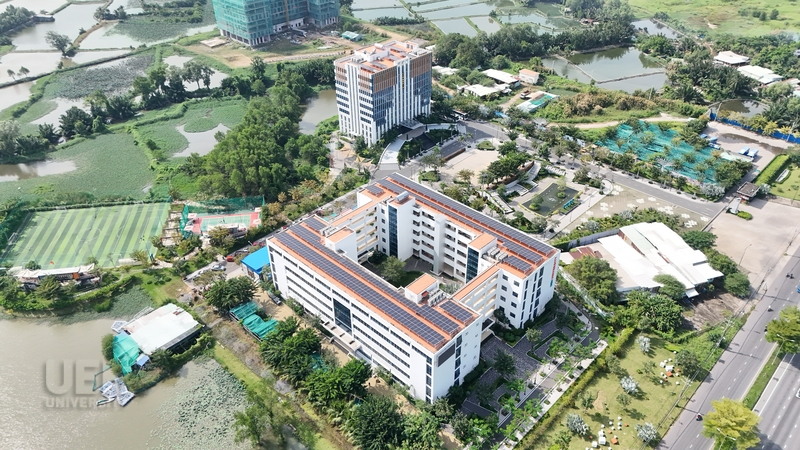
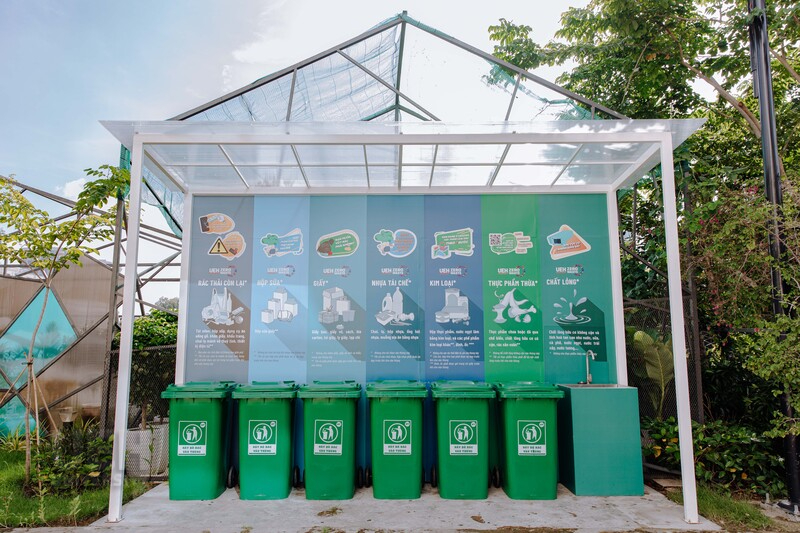
Facility N is built according to the principle of "green architecture", aiming for sustainable development.
From modern lecture halls, digitally connected libraries, sports areas, self-study areas, living facilities to smart bus systems - all are invested to ensure a comprehensive learning and research experience for learners. In particular, in 2022, UEH continues to complete this campus, build and inaugurate the Sports Area on Campus N, serving physical education, sports and community activities for UEH students and staff.
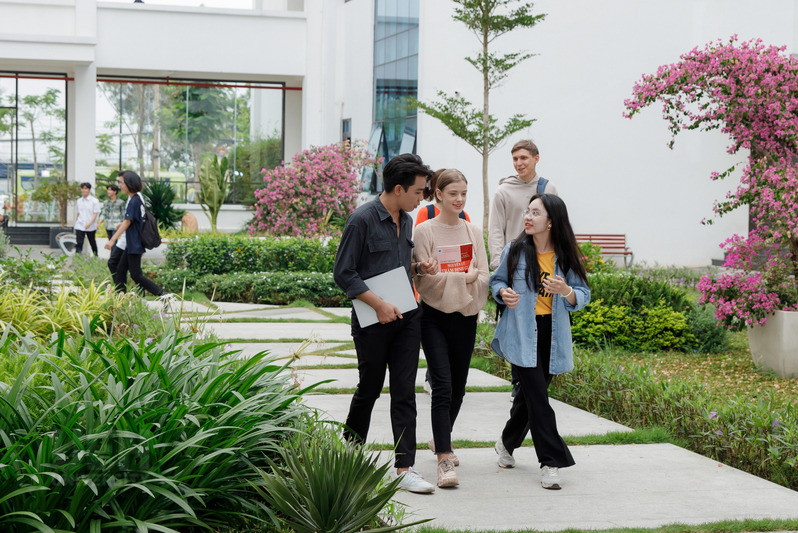
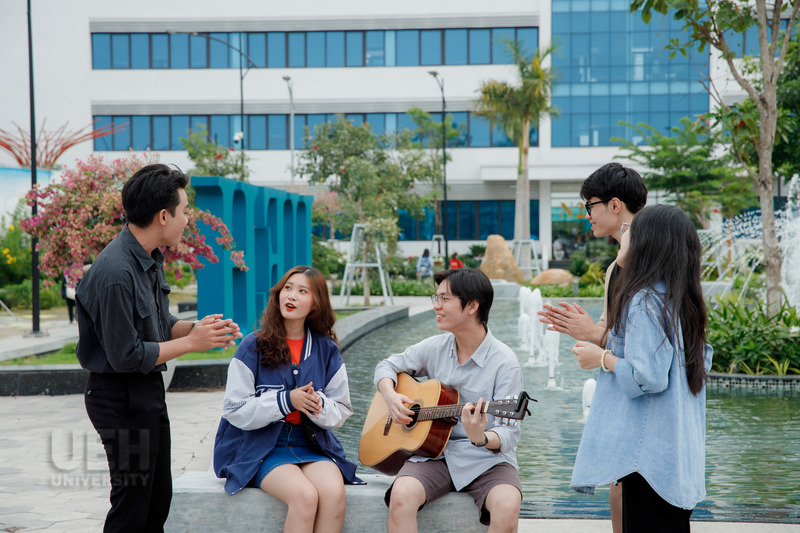
Campus N - An academic, artistic and international exchange space


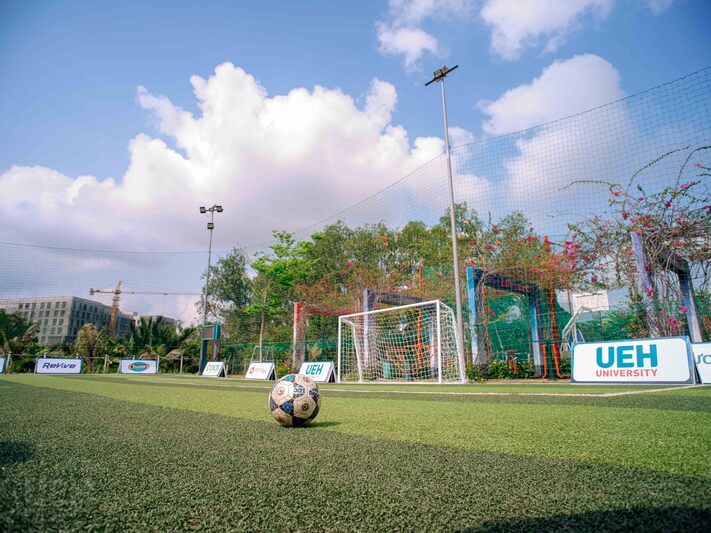
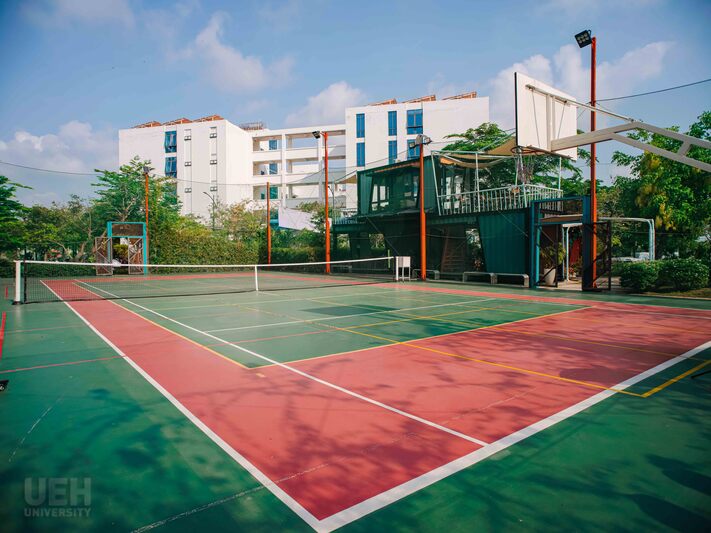
Fully equipped modern facilities, ensuring a comprehensive development environment for students and staff
Community connection - Spreading knowledge
Not only a place to study, Campus N is also a destination to connect the community. From the outdoor English Zone model, the Campus Tour program to explore green universities for students to conferences, seminars, art programs, volunteer activities are all held periodically, expanding access to education and knowledge for the local and regional communities.
In addition, UEH pioneered the implementation of the program "Sharing creative and development space" - supporting free or flexible rental of space for organizing events, training, seminars at reasonable costs - demonstrating the social responsibility and creative role of a modern university.
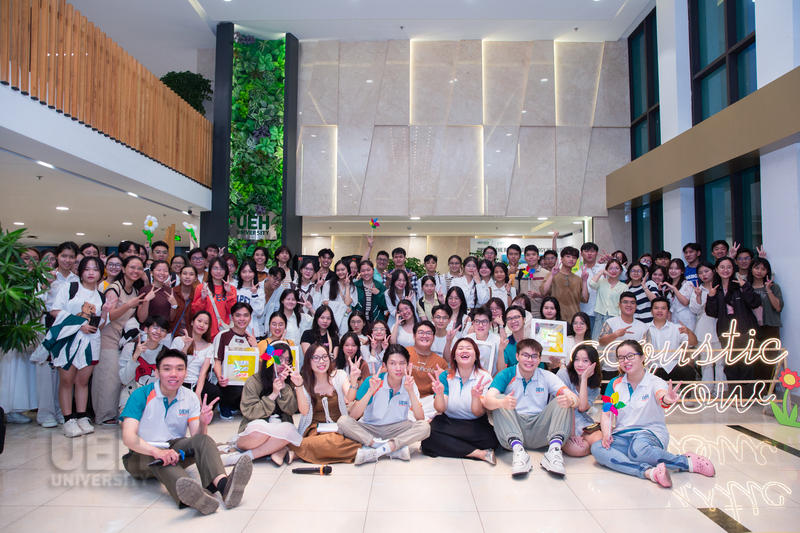
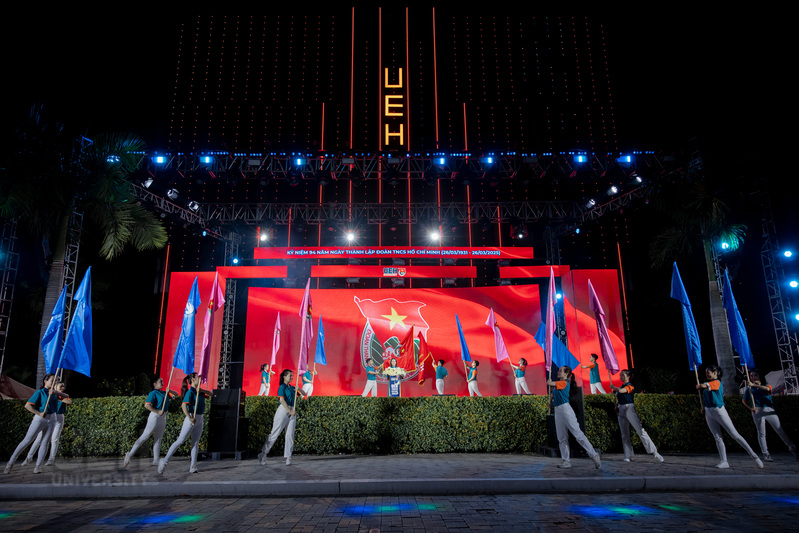
Campus N is not just an ideal place to study but also a point of connection with community activities.
The role of a driving force for regional and national development
Located at the southern gateway of the City, Campus N contributes to reducing pressure on inner-city infrastructure, promoting the development of the South Saigon area and connecting the Southwest region. In the overall development strategy of the City, this is a highlight connecting the inner city - suburbs among key economic regions, demonstrating the leading role of Ho Chi Minh City in training high-quality human resources to serve sustainable development.
The fact that the project was recognized as a typical construction project of Ho Chi Minh City on the occasion of the 50th anniversary of the Liberation of the South is a meaningful recognition of UEH efforts in the journey to transform into a multidisciplinary, sustainable, internationalized and community-connected university. Concurrently, it is a testament to the consensus of the whole society, from people, researchers, experts, the government to the UEH team - joining hands for a developed, integrated and knowledgeable Vietnam.
|
Typical construction works/clusters in Ho Chi Minh City are voted according to 04 criteria agreed upon in Notice No. 824/TB-VP dated August 27, 2024 of the Office of the City People's Committee. + Criterion 1: Construction works with a scale of Group B or higher, regardless of investment method (public investment, non-budgetary capital investment, public-private partnership), completed or started construction in the past 50 years, not encountering obstacles that require construction to be stopped, not being the subject of the conclusion by competent authorities of violations during the implementation process; + Criterion 2: Construction works identified for investment in the Resolution of the City Party Congress through the periods; + Criterion 3: Construction works associated with the image of Ho Chi Minh City have been awarded prestigious domestic and international awards, with the participation, contributions and dedication of different classes of the people (through the number of households that have to be relocated to serve the project implementation, the land area voluntarily donated by the people, etc.); with the participation of many leading researchers and experts (through unique technical solutions, applying new and advanced technologies of the world, etc.), honoring and expressing deep gratitude to generations of Vietnamese people who have sacrificed and made great contributions for the independence, peace and unification of the country; having a pervasive nature and a profound impact, improving the material and spiritual life of the people; requiring high-level, advanced project management; receiving special attention and close direction from leaders at all levels and being approved to apply specific mechanisms and policies; + Criterion 4: Construction works have regional connectivity, creating great momentum for the development of Ho Chi Minh City in particular and the whole country in general. The voting council consists of 22 members, with Vice Chairman of Ho Chi Minh City People's Committee Bui Xuan Cuong as Chairman of the Council, Director of Ho Chi Minh City Department of Construction Tran Hoang Quan as Permanent Vice Chairman of the Council. |
News, photos: Department of Communications and Partnerships, Department of Infrastructure Management

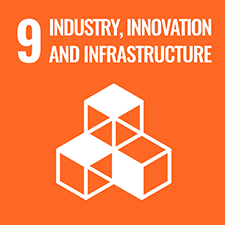
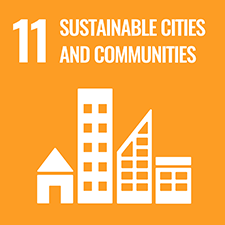

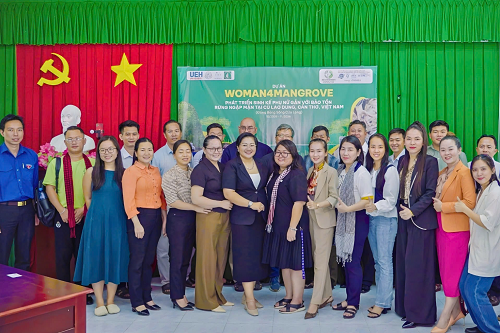
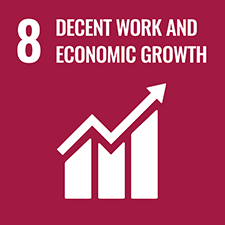
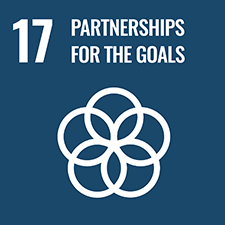
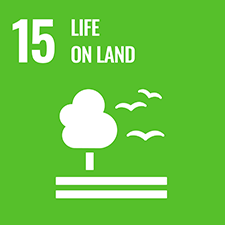
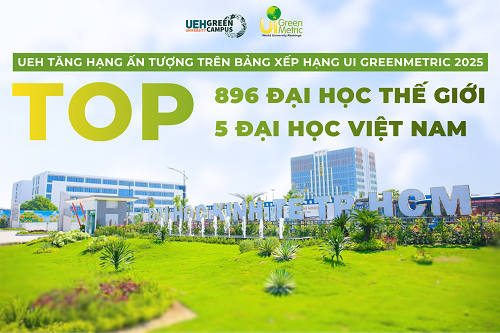

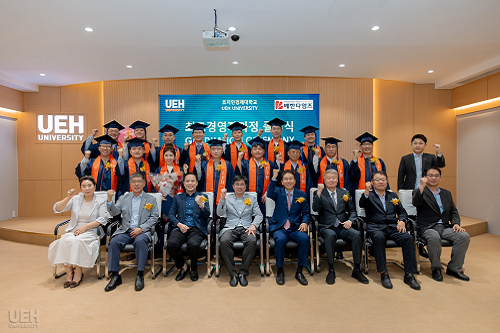
![[Research Contribution] The relationship between green finance and environmental degradation: Empirical evidence from countries participating in the "Belt and Road Initiative"](/images/upload/thumbnail/ueh-thumbnail-639015796322698758.png)
